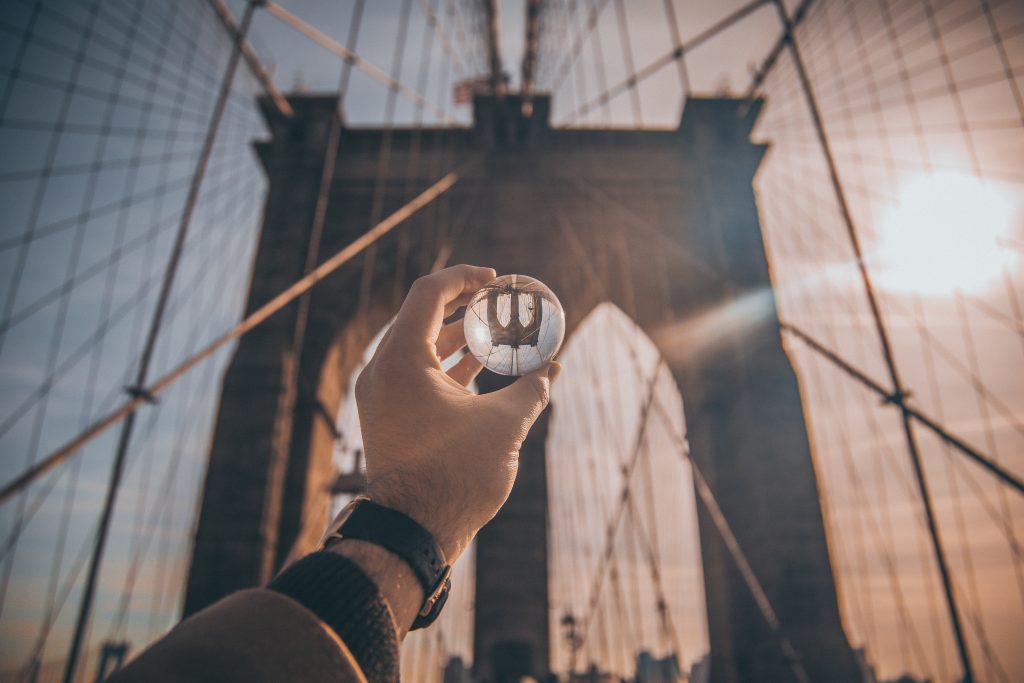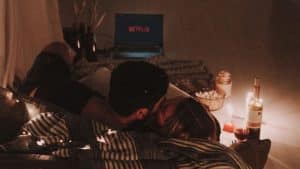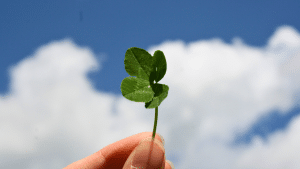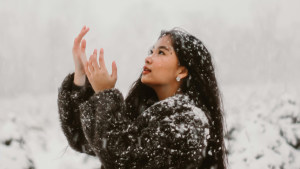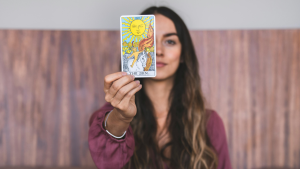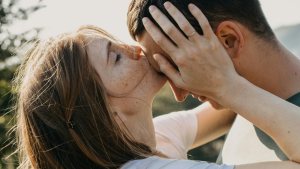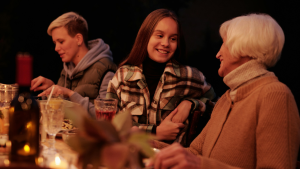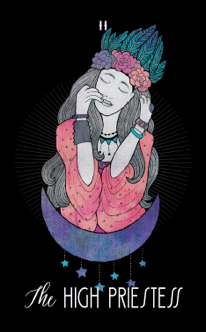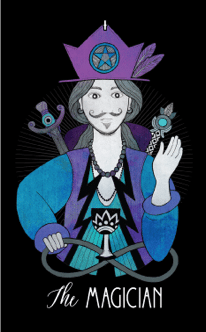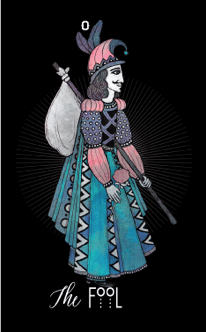“Give me your tired, your poor, your huddled masses yearning to breathe free, the wretched refuse of your teeming shore. Send these, the homeless, tempest-tossed, to me: I lift my lamp beside the golden door.”
— Emma Lazarus
The famous words inscribed at the Statue of Liberty in New York Harbor that greets newcomers to the shores of the United States serves as a welcome to all, but for those seeking freedom of spiritual expression and thought, they are especially potent. It’s small wonder that New York, with its intrinsic history of embracing the avant-garde, became a Mecca for the alternative, the experimental, and the unusual. In the early 1800s, a steady stream of non-traditional believers seeking to break the chains of religious oppression—whether from abroad or at home—found their way to the Big Apple. Nineteenth-Century New York became a breeding ground for alternative systems of faith that spawned the Utopian Movement, Mormonism, and Seventh Day Adventism, and launched the exploration of new psychic frontiers in spiritualism, mesmerism, and hypnotism.
Much of the history of New York’s “most psychic” neighborhoods has to do with the evolution of its real estate. According to a recent Gothamist interview with Mitch Horowitz, areas such as the Flatiron district, Murray Hill, the Grand Central neighborhood, Midtown, and the West Side, that were undeveloped until the mid-to-late 19th century, became centers of psychic activity because back then, such now-posh locales were less than appealing addresses. (1) “When you had some sort of metaphysical church or mystical lodge or organization that was looking to buy land […] very frequently it was not downtown […] which was very well-developed early on,” he explains. Midtown Manhattan “was considered ‘Nowhere’s Ville.’ So the weird thing is that in some very, very ordinary neighborhoods—some very quiet streets in Murray Hill, and some very commercially oriented districts of Midtown—you find some of our richest occult history.”
Find your clarity with a psychic reading. Click here to get started.
Russian Alternative
One of the most colorful and influential émigrés to make New York her new home was a Russian immigrant named Helena Petrovna Blavatsky, better known as Madame Blavatsky, who arrived in the 1870s to “visit the birthplace of spiritualism.” (2)
By 1875, she and some of her Hell’s Kitchen compatriots had founded the Theosophical Society, whose main focus was the study of “The Secret Doctrine,” a universal set of governing principles explained by Blavatsky acolyte William Q. Judge as follows: “Theosophy is […] the essential underlying truth of all philosophies; it is a body of doctrine in philosophy, science, and ethics, principally derived from the Eastern Archaic Sacred Theories, which were worked out by a brotherhood of devotees and initiates who used every method of scientific investigation known to us, as well as their own highly developed practices of observation, experiment, concentration, and meditation to reach the truth. They traced all phenomena by every possible means from their significance to their source, and by comparison of their independent searches and observations recorded their conclusions and accepted such results only as could stand the test of applicability and verification from every point and in every conceivable direction.”
Under the aegis of Blavatsky’s Theosophical Society, many practices that focused on the occult and the exploration of the meaning of life, death–and life after death–as well as the concept of karma on a grand scale and reincarnation were introduced to a broad audience. “That organization became hugely influential—it actually reintroduced the word occult into common use as the word had fallen into disuse—and Blavatsky very convincingly spoke of her search for an occult or hidden philosophy from which all the modern religion sprang,” notes Horowitz. Blavatsky credited Buddhism and Hinduism with some of her core beliefs and alluded to “hidden spiritual masters” who were helping her spread the word.
Blavatsky was a larger-than-life character who exuded a magnetism that inspired confidence. As a result, she found favor with a huge audience of free thinkers who were eager to align themselves with a new brand of spirituality that tapped into their core Judeo-Christian beliefs, but did not lock them into many of the church’s restrictive pigeonholes. “People were enchanted with her, enthralled with her,” explains Horowitz, who credits Blavatsky with inciting a “revolution in alternative spirituality that began to sweep through the West, the effects of which we’re still feeling today.”
Midtown East
New York City’s Murray Hill neighborhood, located along the East River in Midtown Manhattan, has long been the locale of several unique sites that center around spirituality and alternative worship. On East 35th Street, you’ll find the New York New Church, which was built in 1859. The church, originally a Swedenborgian congregation (an alternative mystical/scientific religious sect founded by Emanuel Swedenborg in the 1700s), historically had close ties to the spiritualist movement.(3)
Today, the church is home to American and Korean Swedenborgian congregations, as well as a spiritualist congregation, and on Sunday nights is the site of regular weekly seances. (For those who like a touch of irony with their history, it should please you to note that the first pastor of New York New Church was none other than Reverend George Bush, who was not only a huge proponent of spiritualists and mediums, but also an ancestor to two of the 20th Century’s most conservative presidents.) (4) Just around the corner, at Lexington Avenue and 34th Street, is the headquarters of the mystical Catholic organization Opus Dei, which some of you may recognize from The Da Vinci Code.
The Upper West Side and Harlem
New York City is famous for many things, including a number of infamously haunted buildings. While The Dakota, located at 1 West 72nd Street, is sadly best-known as the last home and murder locale for Beatle John Lennon, the building’s original owner, Edward Clark, a co-founder of the Singer Sewing Machine Company, was said to have had a great interest in paranormal activities, and would often host séances there. Perhaps that’s one reason so many ghost sightings (including a reported visit by the late John Lennon to his widow, Yoko Ono) have occurred on the premises—they consider themselves welcome.
Further north, Harlem–located at the top of Manhattan Island–may be in the throes of gentrification, but as a historically African-American neighborhood, it has long been home to many of the cultural customs and belief systems emanating from the same heritage that influenced the Southern slave population. Although perhaps more closely associated with the South, voodoo, Santeria, and other similar traditions hold no less strong a connection for some members of New York’s African-American population.
Another group with deep psychic ties that found a strong foothold in Harlem were members of the Romany community. Though “gypsy fortune tellers” are often discredited, their numbers were substantial. According to Supernatural America: A Cultural History by Lawrence R. Samuel, back in the 1950s and ’60s, there were literally hundreds of storefronts and sidewalk readers dotting the streets.(5) While many such establishments have been shuttered by the police, fortune tellers continue to be part and parcel of the New York City landscape.
New York City has always been a fertile ground for freethinkers and revolutionaries. Liberty is as intrinsic to its heritage as the diverse population of artists and visionaries that continues to seek asylum there. New York’s unique atmosphere inspires creativity and offers acceptance for those who view life through a different lens. Is it any wonder then, that so many who celebrate alternative explanations of the universe are happy to call it home?
New York City may be a hotbed of psychic activity, but you don’t need to take a bite out of the Big Apple to get a taste of the future when a KEEN advisor is just a phone call away.
1. http://gothamist.com/2011/10/21/mitch_horowitz_author_of_occult_ame.php
2. http://www.blavatsky.net/index.php/madame-blavatsky
3.http://www.swedenborg.com/emanuel-swedenborg/about-life/
4. http://www.shs.psr.edu/library/bush_article.asp
5. https://play.google.com/books/reader?printsec=frontcover&output=reader&id=ugwSAaw_1FkC&pg=GBS.PA1.w.1.0.0
